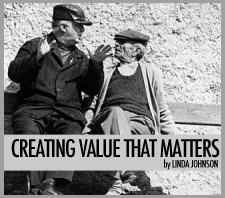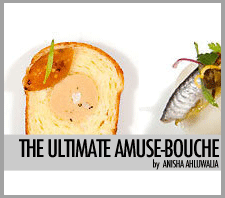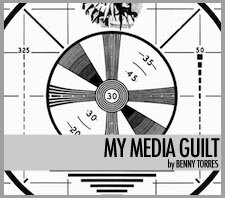Marshmallow Iteration + The Critical [Bieber] Eye
Posted by Lynn Lim | May 30, 2012
Last weekend I went to a design show closing and an art show opening, all in the same night! The former was for a new Chicago-area alliance that supports independent designers (makers who can’t afford/don’t want to mass manufacture objects). The latter was at a gallery where the owner tries to feature artists that represent the opposite of the art world stereotype (the frou-frou and pretentious).
Each space fulfilled its specific archetype – the design show had mostly functional objects with a crowd decked in gingham, Vans shoes, and screenprinted tote bags, while the art show had drawings and sculpture with a tattooed crowd donning black tees and Docs Martens …and a man dressed as an astronaut. But they were similar in how some work occupied the fuzzy boundary between the art and design: objects that could be functional and conceptual, if the rules of reality were manipulated, contemplated, or ignored. It’s a line we toe in every industry. But there was another similarity, and it was not a good one.
In this world of quick hits and ever-changing trends, there’s a tendency to forget about the iterative process, best explained by the Marshmallow Challenge. This pretty much says that kindergartners are better at iteration than adults. Anyway, at these shows I saw exquisitely finished walnut furniture and delicately line drawings that grew more complex up close. But I also saw beautifully glazed porcelain plates that were thicker than pancakes and a “road barrier” sculpture made of masking tape randomly placed over cardboard sheets with some messy orange paint streaks.
Maybe it’s just me but unless you are a caveman (or on Lost), you probably don’t want to eat off of something that resembles a trivet. And I can’t imagine that anyone with the means to purchase art would want something in his living room that looks like an architecture student’s first (maybe second) draft mock-up for a class assignment. It is not enough to just make the idea into reality; it should be skillful, polished, and as close to perfection as that time or place necessitates; it should be worthy not only of your time and money to make it, but also of those who must experience it. And if you want it to be truly GOOD, as art it should make some sort of meaningful social commentary, and as design it should provide an elegant solution or argument to an existing problem…well, unless you want to end up on QVC or SkyMall. I highly doubt anything from those catalogs will end up in a MoMA retrospective in 50 years.
 Prototypes of the Flip Mino, by Smart Design
Prototypes of the Flip Mino, by Smart Design
Regardless of whether it is art or design (or any other field), big or small, physical or digital – for something to have a chance at being GOOD, two things are required: iteration and meaningful criticism. One cannot exist without the other. Iteration allows you time to step back and make improvements along the way, even if some of those intermediary stages are publicly revealed. Just because it works doesn’t mean it’s finished. The painter Robert Rauschenberg certainly understood this. He required buyers to let him make changes or additions at any time in the future and even began embedding plants in a nod to the persistently unattainable state of finish. We buy unresolved things all the time – how about that iPhone 4? And meaningful criticism affords certainty that the steps taken to improve your work are worthwhile and necessary. That dialogue is the engine that helps drive the journey towards perfection, but it is also what helps separate the Mr. Rights vs. Mr. Right Nows from a historically significant perspective. Though sometimes Mr. Right Now is all you need. I mean projects, not actual people, people! But that type of conversation can’t happen quickly as most others do.
These are difficult things to keep in mind under the weight of short deadlines, bureaucratic approval channels, and tight budgets. When thinking about digital, factor in an overabundance of would-be entrepreneurs and the need to follow the “me too!” bandwagon. With software, platforms, and code no longer imprisoned within the grasp of a few specially trained experts, everyone can do and everyone can make. But are enough people asking who is truly doing it well and does it even matter?
As I look at the constant stream of musical one-hit wonders and the ever-changing list of hot new start-ups, I see glimmers of hope but the jury is still out. Also, I came close to making a Justin Beiber comment but as we have Bieber dolls in our Chicago and LA offices I should keep my mouth shut. At least Bieber Eye will stop being an issue soon.
Banner photo credit: The Daily Mail
Inset photo credit: ZURB
Leave a Comment
RSS feed for comments on this post · TrackBack URI


